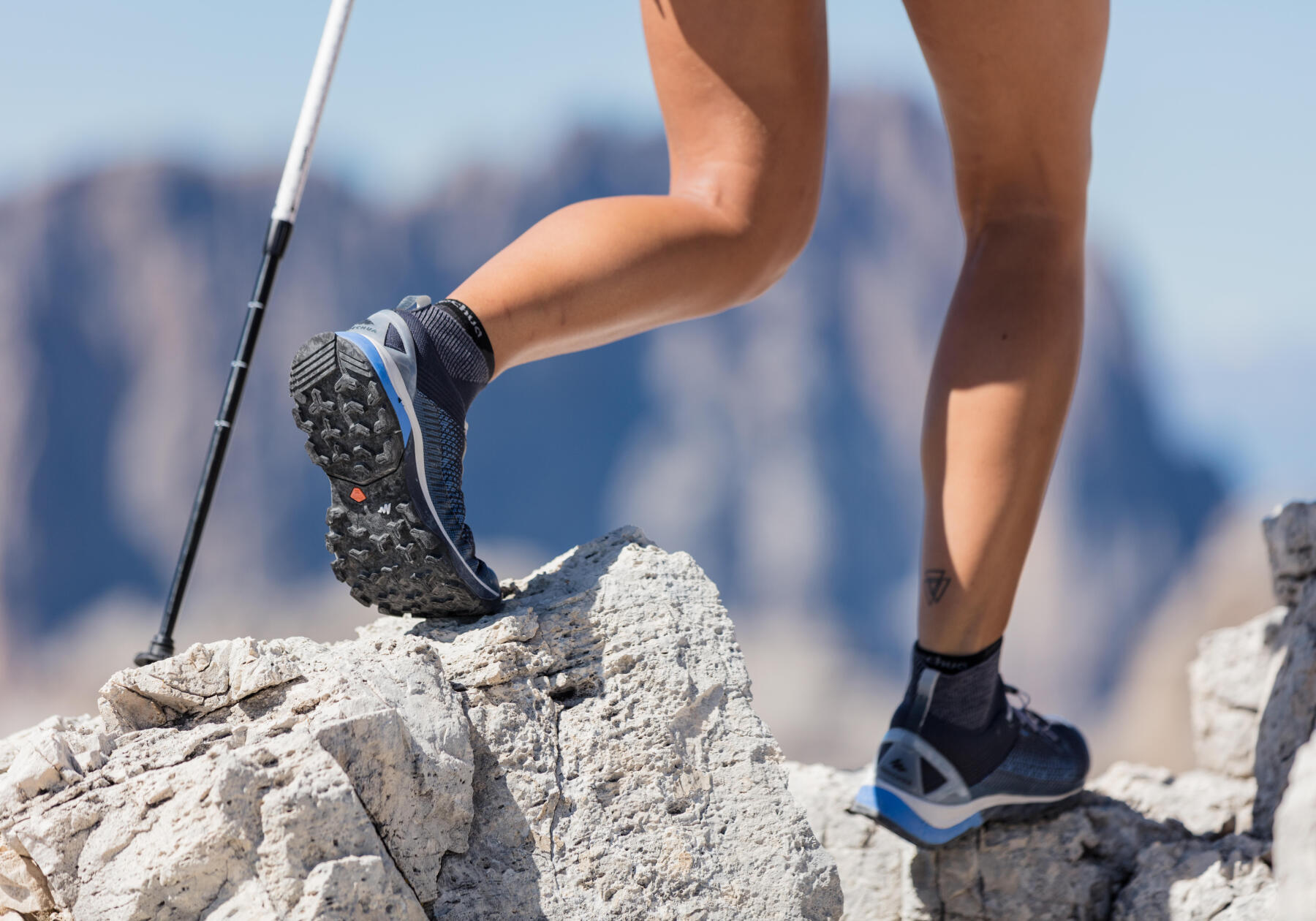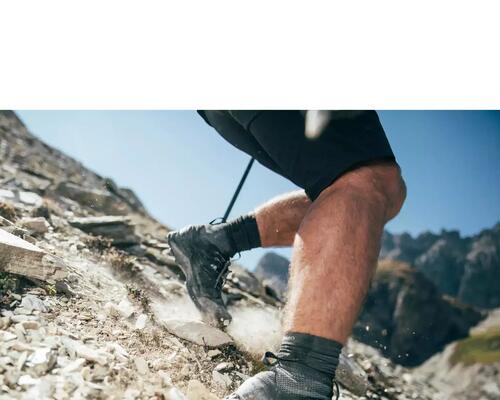Why choose a special hiking or trekking insole?
Simply because depending on our sport activity, we will not get the same benefits from an insole.
If you are a running enthusiast, you will need an insole that provides cushioning and recovery. So, if you're a fan of hiking (which we assume you must be as you're reading this), you're going to need an insole that provides support, breathability and comfort.
A hiking or trekking insole is designed to give you maximum comfort on the most technical terrain.
It provides good support for the foot and eliminates any "give" that might cause it to move. Because if there's too much movement between the insole and your shoe, it can cause rubbing... perfect conditions for blisters!







